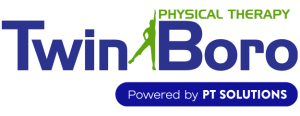The neck muscles, including the sternocleidomastoid and the trapezius, are responsible for the gross motor movement in the muscular system of the head and neck. They move the head in every direction, pulling the skull and jaw towards the shoulders, spine, and scapula. Working in pairs on the left and right sides of the body, these muscles control the flexion and extension of the head and neck. Working individually, these muscles rotate the head or flex the neck laterally to the left or right. Neck muscles contract to adjust the posture of the head throughout the course of a day and have some of the greatest endurance of any muscles in the body.
There are six major ligaments to consider in the cervical spine. The majority of these ligaments are present throughout the entire vertebral column.
Present throughout Vertebral Column
- Anterior and posterior longitudinal ligaments: Long ligaments that run the length of the vertebral column, covering the vertebral bodies and intervertebral discs.
- Ligamentum flavum: Connects the laminae of adjacent vertebrae.
- Interspinous ligament: Connects the spinous processes of adjacent vertebrae.
Unique to Cervical Spine
- Nuchal ligament: A continuation of the supraspinous ligament. It attaches to the tips of the spinous processes from C1-C7, and also provides the proximal attachment for the rhomboids and trapezius.
- Transverse ligament of the atlas: Connects the lateral masses of the atlas, and in doing so anchors the dens in place.
Cervical Muscle Condition
- cervical strain
- cervical spine ligament injury
- cervical spine trauma
- cervical muscle spasm

